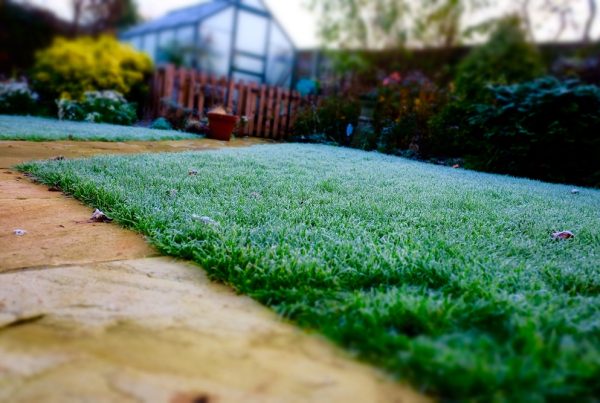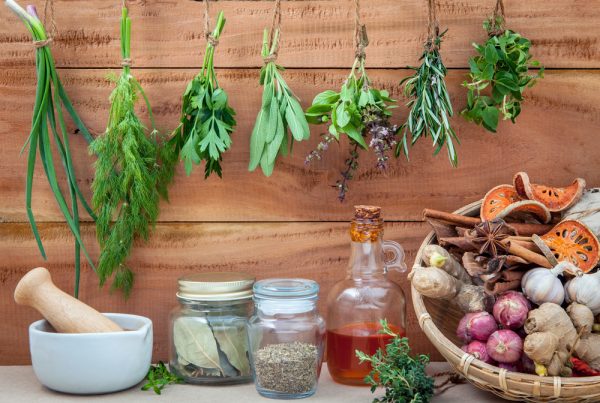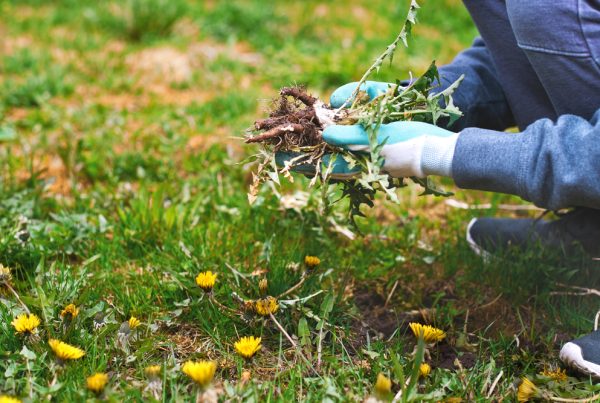Another sunny afternoon in the garden and all my plans for work have evaporated in the heat; tidying the lawn and flower beds will definitely have to wait. However, the air is humming as many other workers continue their work, despite the heat of the sun with enviable industry, visiting blooms large and small.
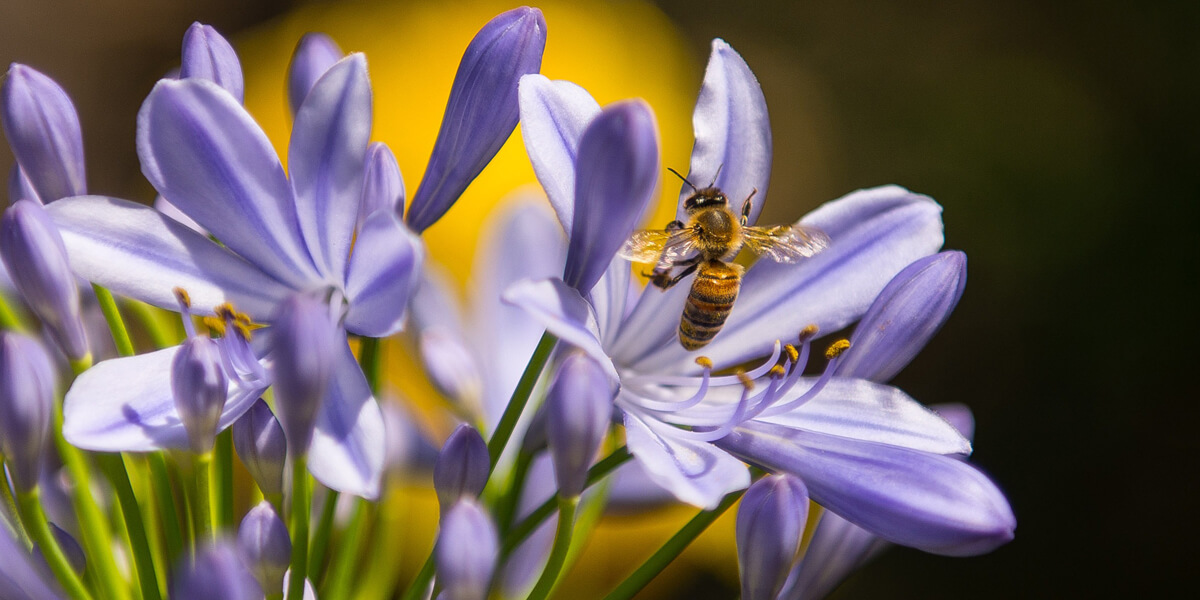
Whether you have a pristine plot, a little low-maintenance garden or simply a few pots here and there, you are indebted to the hosts of insects that busy around largely unnoticed, pollinating flowers. Mention pollinators and most people think of bees, be they bumble or honey, but other insects are also hard at work including hoverflies, beetles, butterflies and moths (BBC Wildlife has a free downloadable guide if you fancy identifying some of them). Pollinators have been the subject of increasingly urgent news articles and warnings recently as many species face declining numbers.
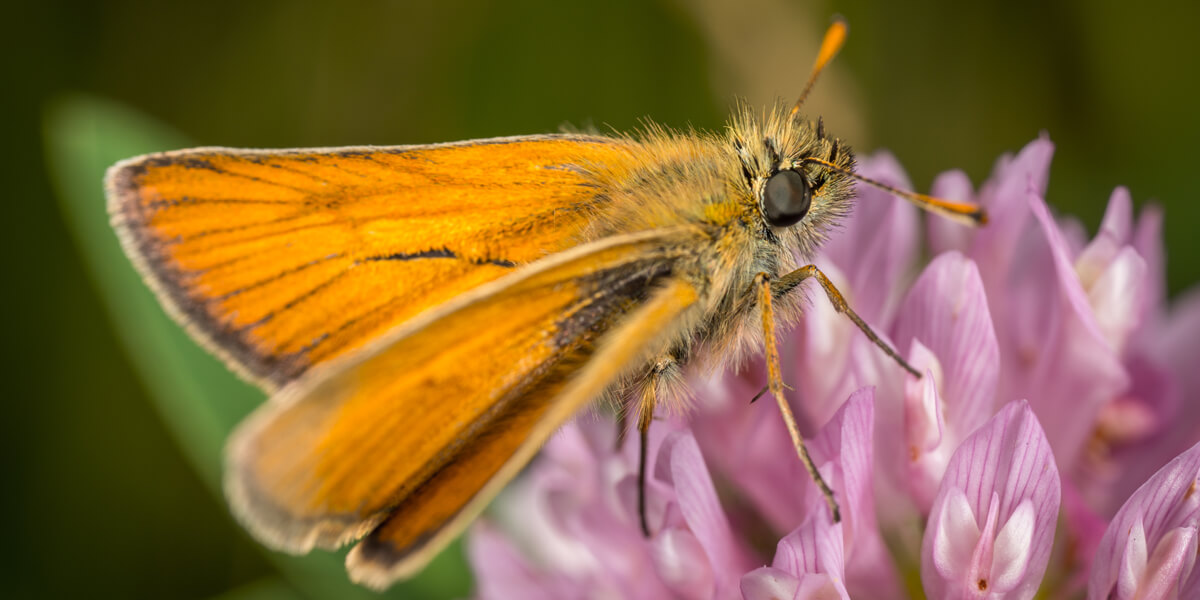
The reason for the heightening concern is that an estimated 84% of our crops and 80% of our wildflowers rely on pollinators, without them fruit would be scarce, and the world would be a decidedly duller place. Sadly, many human activities impact these valuable workers; intensive farming, pesticides, urban growth and extreme weather are all bad news for pollinators. As a result, three bumblebee species have become extinct, most of the other types are thought to have declined by over 50%.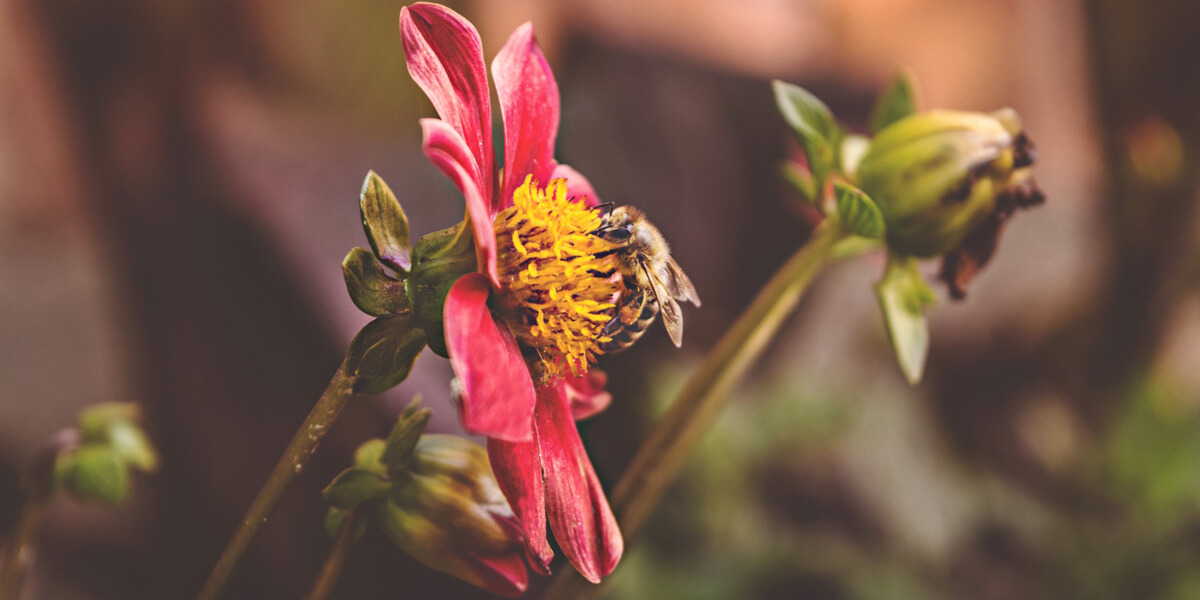 The recent trend of leaving out sugar water for bees, by a fake post claiming to be from David Attenborough went viral on social media has caused another bump in the road for pollinators, this time at the hands of the concerned and well-meaning public. So, what can you do to help? Well pollinators need pollen or more specifically the sweet nectar that the flowers produce to tempt them in – no-brainer we know but it isn’t always plentiful; fill your garden and pots with sweet smelling, high pollen varieties of plants like lavender and heather. Why not let your lawn go a little low maintenance; allowing some of those ‘weeds’ to take up residence reduces the use of herbicides and provide an additional snack for passing pollinators, clover, daisies and even the dreaded dandelion will help out those minibeasts in your garden.
The recent trend of leaving out sugar water for bees, by a fake post claiming to be from David Attenborough went viral on social media has caused another bump in the road for pollinators, this time at the hands of the concerned and well-meaning public. So, what can you do to help? Well pollinators need pollen or more specifically the sweet nectar that the flowers produce to tempt them in – no-brainer we know but it isn’t always plentiful; fill your garden and pots with sweet smelling, high pollen varieties of plants like lavender and heather. Why not let your lawn go a little low maintenance; allowing some of those ‘weeds’ to take up residence reduces the use of herbicides and provide an additional snack for passing pollinators, clover, daisies and even the dreaded dandelion will help out those minibeasts in your garden.
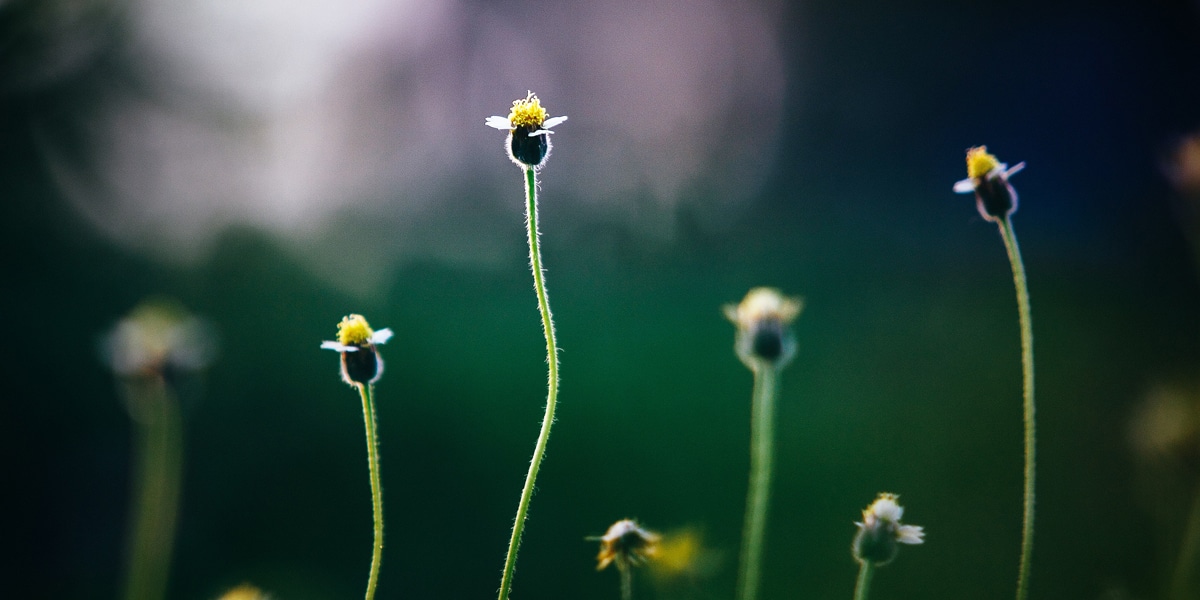
Whilst sugar water is not good, pollinators would appreciate water in a shallow dish with stones in it, so the water just covers them (to prevent your thirsty bees falling in). Pop it down in a shady spot, maybe up against your garden fence and simply keep it topped up in the hot weather. The garden fence and other structures like trees or walls can also be used to hang a mini beast or insect hotel. Like a bird box but for much smaller residents it is packed with material to offer lots of snug spaces to hide in – you can make your own or there are some lovely designs out there to choose from. Also, resist the urge to use pesticides, consider friendlier methods like buying ladybirds for a greenhouse or ladybird larvae for outdoor plants succumbing to aphids and greenfly.
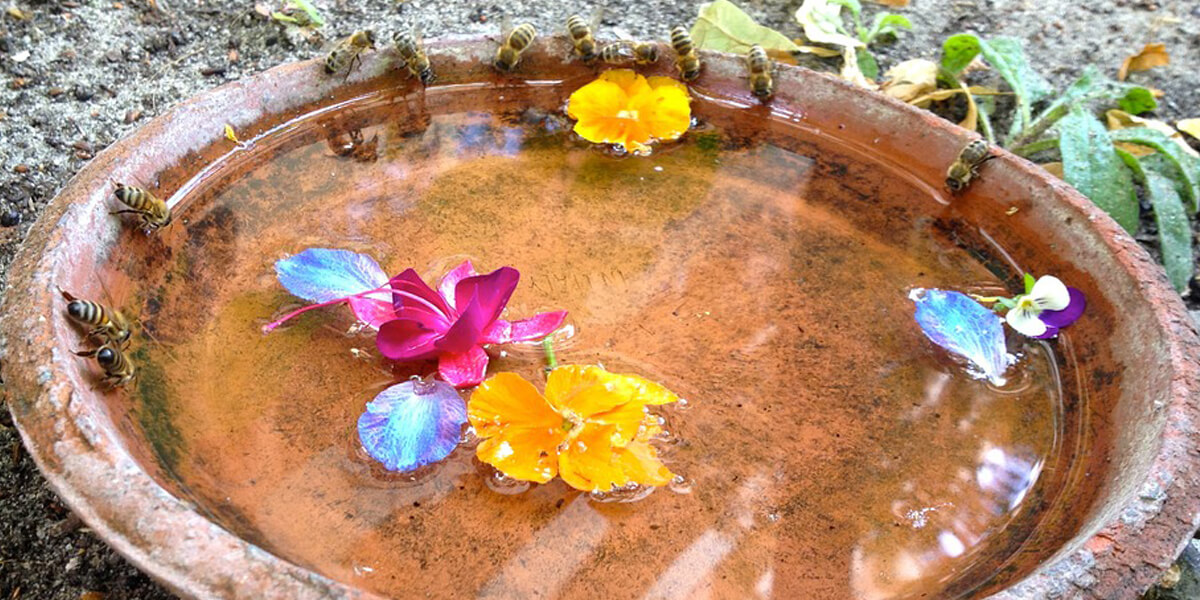
Why bother? Well if the flowers and the fresh produce don’t convince you then you truly are a hard sell but one of the things I love best are the slightly comical bumblebees. At least 3 different species visit my garden, lumbering from flower to flower with full pollen “baskets” on their rear legs, before returning home, seemingly struggling to remain airborne under the combined weight of their body and pollen. We have a selection of honey bees, wasps and hoverflies that visit in search of nectar, transporting dustings of pollen, flies and butterflies of various sizes, shapes and colours land on flowers and leaves before launching themselves to add to the “buzz”.
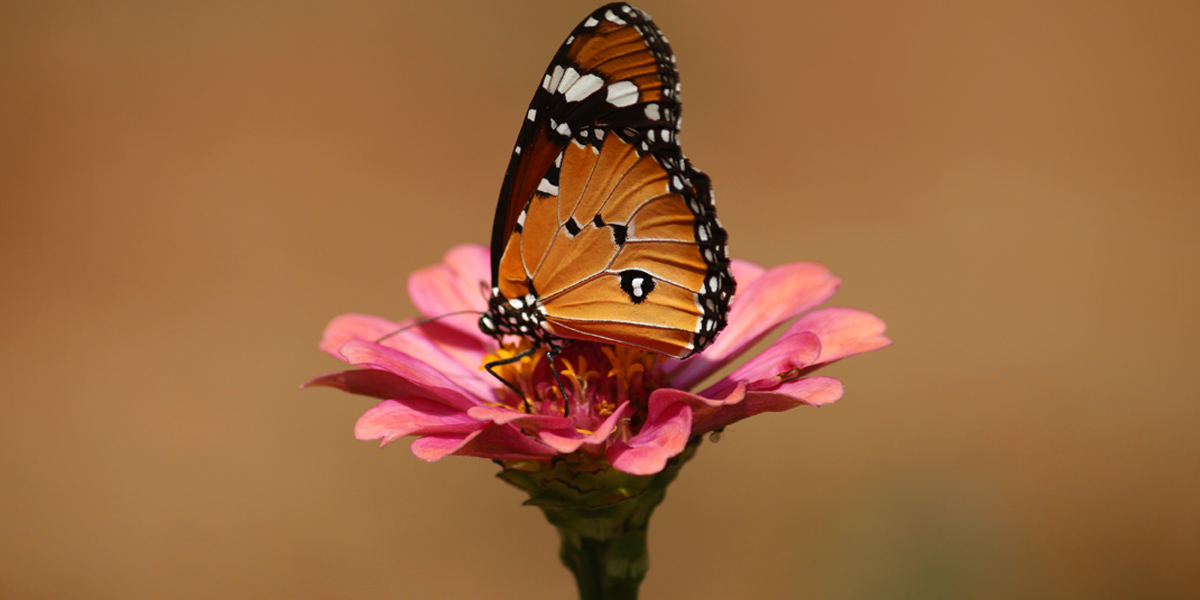
In an effort to understand better how our pollinator populations are faring the Centre for Ecology and Hydrology has mounted a nationwide survey of pollinator that anyone can take part in. Why not spend a few moments looking at the insects that visit your flowers and contribute, it’s easy to do, and would be a nice holiday activity for older children or grandchildren over the summer. If you’d like to find out more about how to protect hedgehogs in your garden then read our next blog.
Pin this blog for later:
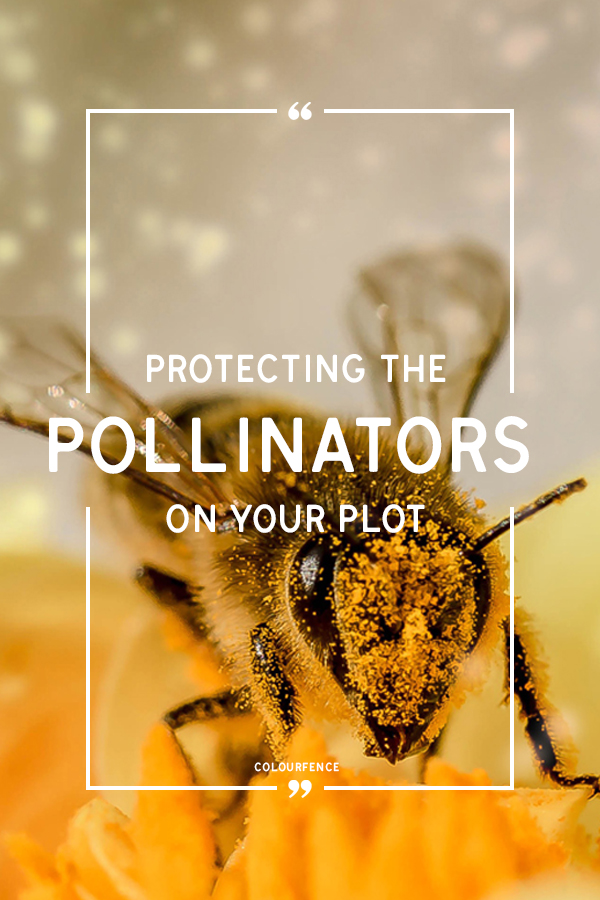
John Pilkington, 66, gardener and nature enthusiast.
Since retiring in 2014 John has been able to find time to indulge his interest in wildlife. John grew up spending summers playing in Richmond Park, helping his dad grow vegetables in the family garden and raising funds through ‘bob a job’ in the neighbourhood gardens. Now living in South Wales he volunteers with a local charity, helping to maintain a green flag reserve and enjoys looking for and photographing wildlife in the garden and in the local country parks. He has two young grandsons who love walking with grandad, stomping in muddy puddles and who already know the names of more birds and wildflowers than your average adult. John loves the fact that ColourFence is an environmentally sound choice, containing recycled materials, and is in itself fully recyclable. ColourFence is not maintained using harmful chemicals and can be installed with minimum disruption to plants and trees and with hedgehog tunnels and hangers for bird feeders.
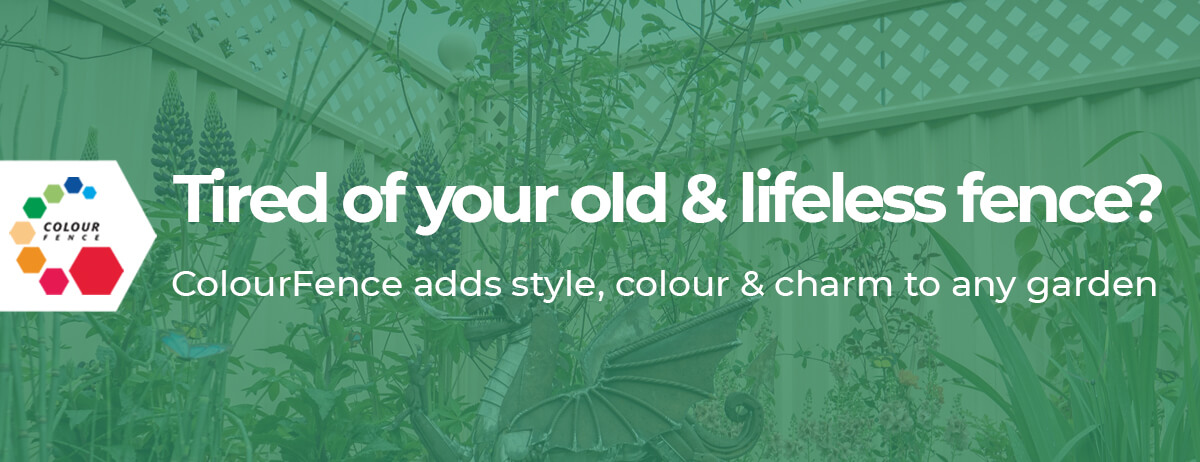
To request a free quote or brochure, simply fill out our contact form.
You can also find us on Facebook, Twitter and Pinterest.
![Protecting The Pollinators on Your Plot [Guest Blogger]](https://www.colourfence.co.uk/wp-content/uploads/ColourFence_Protecting_Bees_In_Your_Garden_Main-1.jpg)
